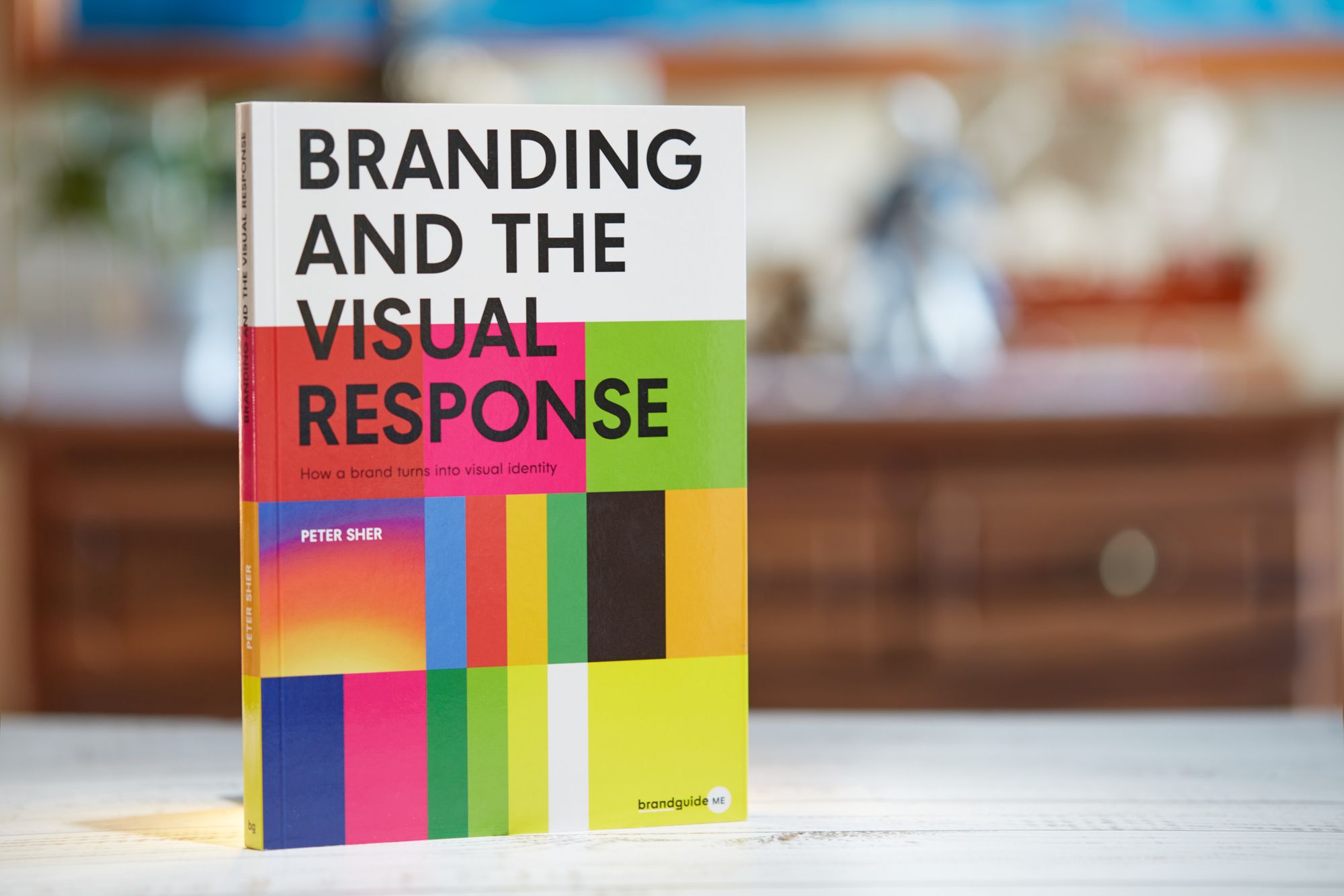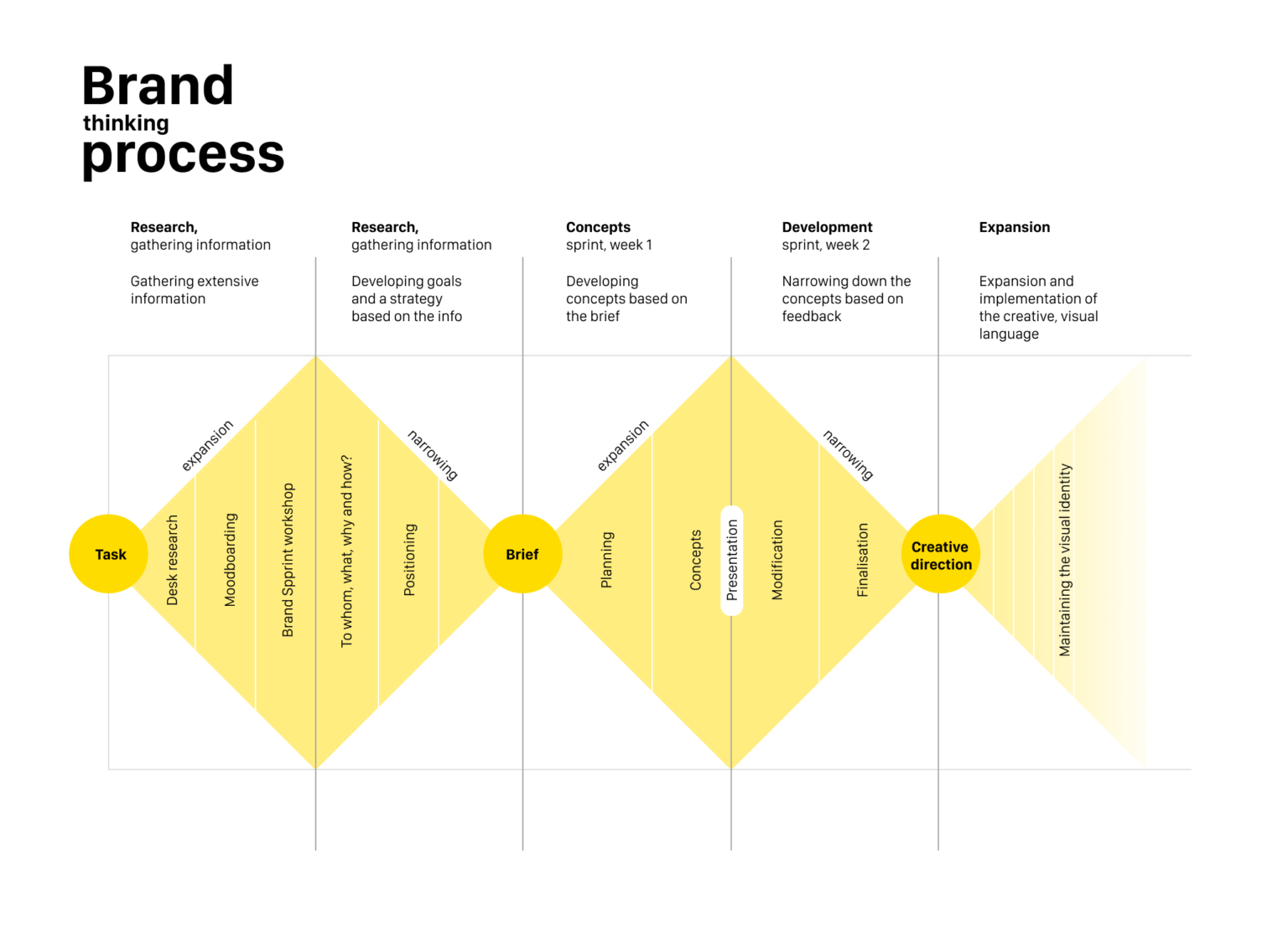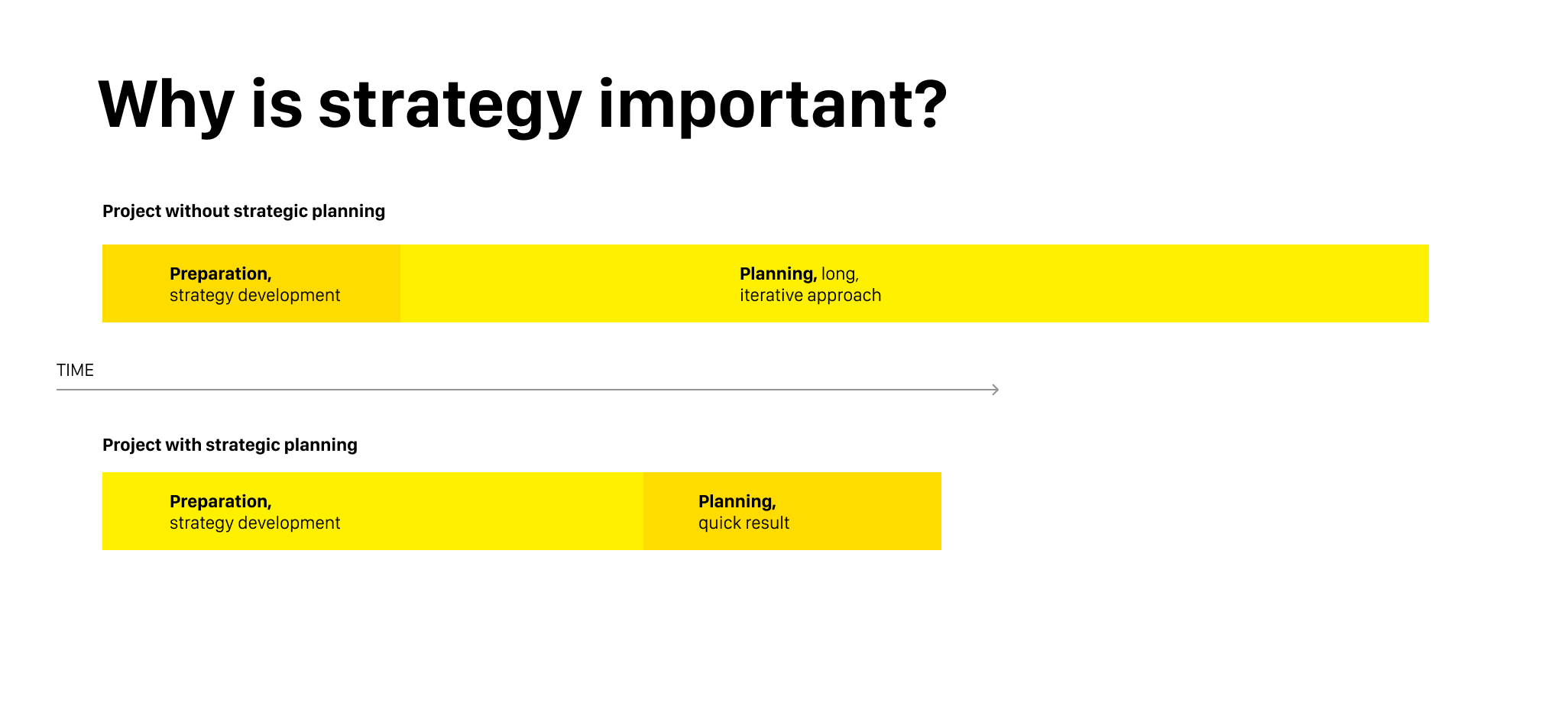Great experiences with Brand Sprint

An effective workshop format
Let’s get right into it. But this is what we have seen recently. In our design planning projects, process is the key—we always know what comes next, we take the client by the arm and walk through it together. We achieve the results together, too. It is just as much the result of our work as it is the client’s. We engage them, which makes decision-making much less risky. Of course this requires time and effort on the client’s side, too. Let me explain what I mean by this.

How a brand turns into visual identity
Ready to elevate your design strategy? Get this must-have book in ebook or print format. Packed with practical advice, it’s your roadmap to becoming an elite designer who thinks strategically and builds unforgettable brands.
Brand Sprint: the basis
We’ve had quite a busy time at zwoelf recently with several Brand Sprints and other strategic workshops every week, so we have accumulated quite a lot of experience about what and how we should do and what we should do differently. This post is to share this experience with you. This year we’ve had 20+ Brand Sprint or strategic workshops so far. It’s great, because each and every one is different and it never gets boring. Why?
Brand Sprint: a flexible framework
The Brand Sprint workshop is a great starting point, an excellent framework that provides a solid basis. It gives a structure to the work process, yet it is very flexible. And it must be, as every project is different and we must explore and solve different problems every time.

New project, new problem
Design is about solving problems. Brands face various challenges from time to time: a new product launch, the unsustainable structure of their product range, the need for a new name for a product or new business, or the need for a new visual identity when a business is restructured. These result in ‘design problems’, too, and clients turn to us for creative and professional solutions.
Topics and problems differ, and so does the composition of the team—we sometimes work with a single person and at other times with a 6-8-strong project team, mostly in Hungarian, but more and more frequently in English.
Tailored to current needs
While each and every project is different, we can still use the Brand Sprint framework: we always check how well this workshop format suits the given project. We take a look at the 6 key issues:
- Vision
- Why?
- Values
- Target audience
- Brand personality
- Competitors
This is a basis that is usually worth exploring in every project. In some cases clients bring some materials developed in the given topic, then these are incorporated into the workshop, or we add new topics that are relevant for the project. For example when the product structure is transformed, it is essential that we should review and understand the current system so that we can identify the problems and the solutions we can use to reshape it.
Brand Sprint is ideal for identifying the problematic points that need further exploration. We don’t usually do that during the first workshop—when we find issues that need deeper understanding and consideration, we revisit them at another workshop. This is good, first because we can keep to the timeframe of the first workshop, it doesn’t get too long, and second because both the client and the consultant can prepare for the next workshop about that specific problem.
The Brand Sprint becomes the first workshop in a series.
Workshops in the time of COVID
Let’s put the process aside for a bit and take a look at the tools we use for the Brand Sprint workshop. When the pandemic started, we had to find a technical solution to have our workshops online really quickly—what we should use, which tool is the most effective. As we work a lot in Figma – we use it for the design process and for our presentations – we started doing the workshops in that, too. At first we also tried Miro. It was OK, but it is yet another tool and subscription, and we are trying to reduce the number of tools we use so we stayed with Figma. FigJam, Figma’s new whiteboard tool has recently been launched. We’ve been too busy to test it, but it looks promising. I’ll keep you posted.
Until then, you can download the Brand Sprint Guide i did for download.
At the workshop and beyond
Let’s get back to the process. Once the workshop is over, we organise and focus the information we’ve gathered and summarise it in a document (brief, brandguide or some other document). It is very important to know that our work is not done yet. The real creative work is just about to start—we need to draw relevant conclusions and develop the strategy we can keep to in communication or visual design.
We could take another step as we’ve recently discussed it with Olivér Tasnádi—we haven’t incorporated it into our work yet, but we’re planning to record the information we gather only as hypotheses and then to verify our assumptions with interviews and research before implementation. This is a really exciting and new area of branding.

Aren’t you graphic designers?
So far I haven’t really mentioned logos and visual identities in this article. Yet basically all our clients contact us saying they need a new logo for their new product or new business. We are a graphic design studio. But there is a shift towards consultancy. The preparatory phase of the project, i.e. the consulting phase (the Brand Sprint and the following workshops) is more prominent and longer than the design phase itself. To exaggerate a bit, I could say we do a lot of workshops and we work a lot on the fundamentals of the project, lay the foundations of the strategy, and in the end, as a byproduct, we also get a graphic identity or visual language. And what is absolutely great is that we engage the client in the whole process and it happens very rarely that a design or concept is rejected in the end. No wonder, since we have worked on the fundamentals together.
We used to spend little time preparing for the design process and a lot of time on design work, kind of finding the common strategy and basis in the design phase, but now with the Brand Sprint framework it is the other way round: we build a strong foundation spending a relatively large amount of energy and time, and then we build a visual language with no effort.
Laying the foundations together also involves finding a common visual language, which we usually develop at a moodboard workshop. I’ll write about this technique later 🙂
To sum it up: do we need a process?
If we didn’t have these fixed processes, we couldn’t have delivered in time and in a proper manner the many simultaneously running projects we have had recently, as we simply had no time for improvisation and it would have made all our operation incomprehensible. Brand Sprint gave us a strong basis and we could see the projects through.
If you want to use Brand Sprint, visit our resources page, it provides you a free PDF guide to learn it—and perhaps use it in your next project, adding value to your services, or by our book which is a step by step guide to branding 👇

How a brand turns into visual identity
Ready to elevate your design strategy? Get this must-have book in ebook or print format. Packed with practical advice, it’s your roadmap to becoming an elite designer who thinks strategically and builds unforgettable brands.
